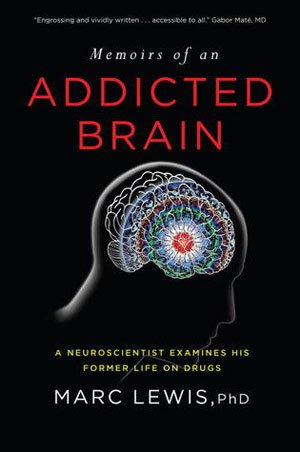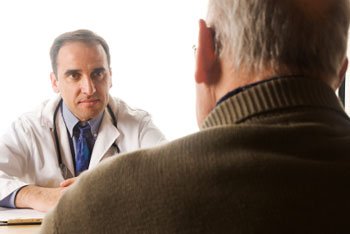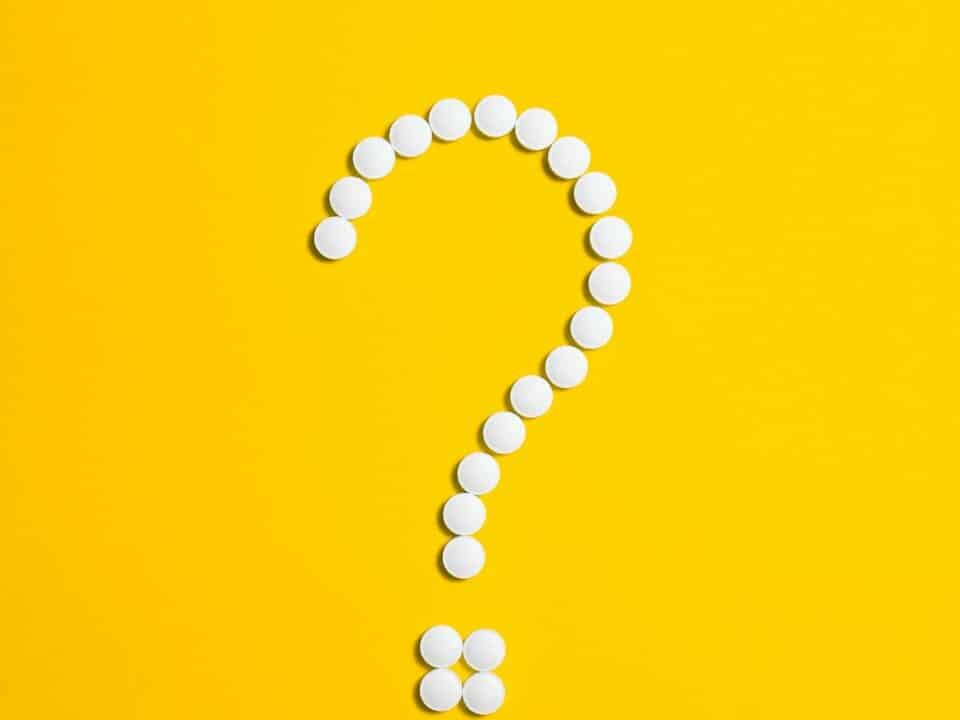
Searidge Drug Rehab Recommended Reading: Memoirs of an Addicted Brain: A Neuroscientist Examines His Former Life on Drugs
3 September 2020
Accountability – Responsibility…You Decide??
3 September 2020Melatonin in the Form of Dessert?
Researchers in Montreal are investigating an interesting case of a man from Quebec who seemed to be cured from cocaine addiction after suffering a stroke.
Although it’s been based on a single case report, the discovery could set the foundation for more addiction research to treat and target the principal brain regions behind addiction and substance abuse, perhaps with deep brain stimulation.
This case is about a man that is 45 years of age that has been addicted to cocaine since the age of 24, either snorting or injection of up to 7 grams daily.
Almost two years ago, he had a stroke affecting the basal ganglia area of the brain. This region has large clusters of nerve cells that collect dopamine, a neurotransmitter involved in the brain’s reward pathway that is responsible for addictive behaviours.
When people do something pleasurable, the brain releases a rush of dopamine that reinforces that behaviour. Cocaine boosts the effects of dopamine, but it’s short-acting. “You have a big rush of dopamine, and then suddenly it goes away,” says lead researcher Dr. Sylvain Lanthier, director of the neurovascular program at Centre hospitalier de l’Université de Montréal and an associate professor at Université de Montréal. “That’s why you feel the need to use again.”
In an abstract presented by Lanthier’s team at the recent Canadian Stroke Congress in Calgary described how “amazingly, (the man) had no more desire for cocaine followed by his stroke.
The researchers inscribed that prior to this man’s stroke; he scored 9 out of 10 on a drug-abuse screening test indicating a severe level of cocaine addiction, and now a zero out of 10 after the stroke.
Lanthier stated, “The man doesn’t experience any craving, any sensation that he needs to take cocaine.”
Although the patient pulled through rapidly he did experience some temporary paralyses on his right side.
There were no remaining side effects or “deficits”, Lanthier described, except for “micrographia,” an abnormally small, cramped handwriting.
This is deemed to be the first reported case of cocaine addiction cured by a stroke.
“It highlights the fact that certain areas of the brain are very important for the experience of the ‘high’ that comes from cocaine and substance use,” said Dr. Mark Bayley, medical director of the brain and spinal cord rehabilitation program at the UHN-Toronto Rehab Institute.
“It tells us that these neurotransmitters that are triggered by cocaine can be blocked.”
One method of blocking those pathways is by DBS known as deep brain stimulation which is an experimental treatment that uses electrical currents to reset the brain.
DBS is being tested on patients with Alzheimer’s and Parkinson’s diseases and severe depression.
Current addiction treatments for alcohol and drugs mainly involve a combination of cognitive behavioural therapy and perhaps anti-depressants.
“We like to say in neurology that you learn neurology one stroke at a time,” said Dr. Michael Hill, director of the acute stroke unit at Foothills Medical Centre in Calgary.
“There are lots of examples where someone has a small stroke in just the right location to give them a specific change in behaviour, or specific cognitive deficit.”
Hill spoke of one patient who was an accountant who had a stroke whilst working on someone’s taxes. All of a sudden he could no longer add and subtract numbers.
“What’s novel about this Quebec case is that it’s pretty unusual to have a situation where someone who had a severe cocaine addiction suddenly has a stroke which weakened his desire to even consider using cocaine again,” Hill stated.
“It’s pretty cool. It helps us understand more about how these things work.”




